Medical practices: jump-start patient outreach in 2019 with responsive search ads, which bring in 15% more clicks than normal PPC ads.
Google Ads has long been one of the primary tools in medical marketers’ digital advertising arsenal. Pay-per-click advertising is inexpensive, agile, and helps healthcare providers reach potential patients who have demonstrated active interest in scheduling appointments or seeking treatment.
But the search engine giant’s recent introduction of responsive search ads promise to connect healthcare providers with patients more effectively than ever before. Responsive ads allow marketers to try out several different combinations of headlines and descriptions to show up in users’ search results, rather than just one, allowing ads to compete in more keyword auctions and essentially eliminating the need for A/B testing.
Already, Google’s internal data shows that advertisers who use responsive ads to test copy combinations see an average of 15% more clicks. With new updates rolling out, there’s never been a better time to bring new patients in with responsive search, especially toward the beginning of 2019.
How Responsive Search Ads Can Help Your Medical Practice
Before responsive search ads, marketers would submit a Google Ads headline and description that would then show up together in users’ search results. Responsive ads, on the other hand, allow marketers to try out several different headlines and descriptions. Google’s algorithms experiment with the different possible combinations, learning which content performs best and applying those findings to future campaigns.
This is exciting for medical marketers, who know how difficult it can be to identify exactly what keywords patients are searching for. Are they experiencing a “burning” or a “stinging” sensation? Is their arm feeling “numb” or “fuzzy”? The language that patients use to describe their symptoms and needs may not always align with the terms that medical marketers use. Responsive search ads offer far more opportunities for customization and experimentation, allowing healthcare providers to cover all possible bases and reach each and every patient who may be seeking their care.
What Medical Practices Can Expect from New Updates
Earlier this month, Google reported that it will be rolling out four new reporting and feedback tools to go alongside its responsive search ads. Firstly, it will start offering suggested headlines and descriptions when marketers create new ads. While ad copy suggestions will only be available in English to start, other languages will soon follow.
In addition, Google will begin importing headlines and descriptions from existing text ads in the same ad group. Both of these updates promise to make responsive search ads easier to create and thus more accessible to medical marketers, indicating that it likely won’t be long before responsive search ads are the industry standard.
Finally, Google is introducing two new features for measuring ad strength. The ad strength dial will update in real time, and it can be quite stringent. While you must meet a minimum number of headlines and descriptions to submit your ad, you may need reach “Good” status on the dial until you’ve surpassed the minimum by quite a lot. You’ll also be able to see real-time strength updates in the “Status” column of Google’s ad interface once the ads are live.
As Google continues to invest in new features for responsive search ads, it’s becoming increasingly clear that this format is here to stay. Getting on board early will give any medical marketer a head start on the competition, both for learning how to best use responsive search ads and for taking advantage of its benefits right out of the gate.















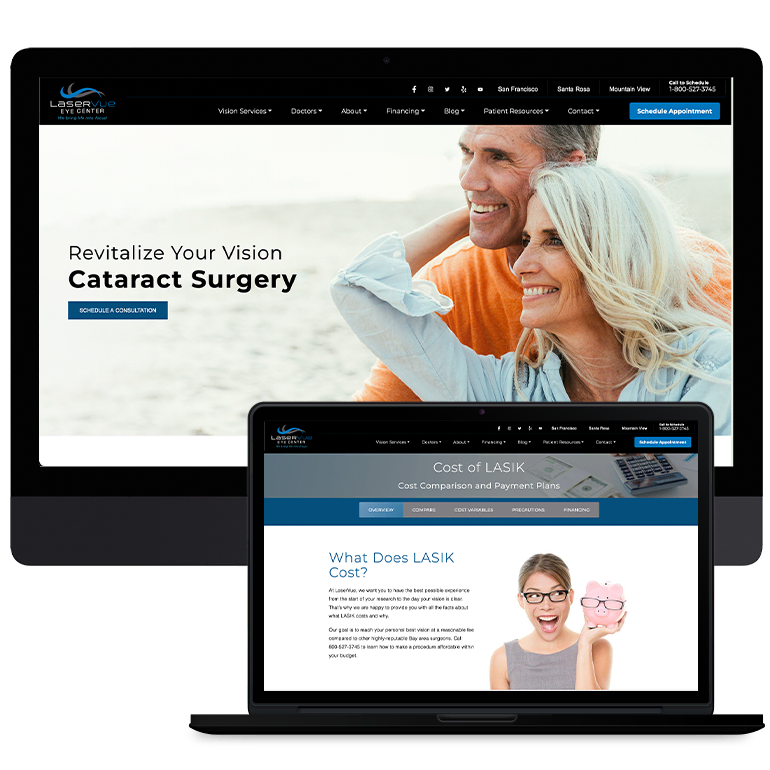
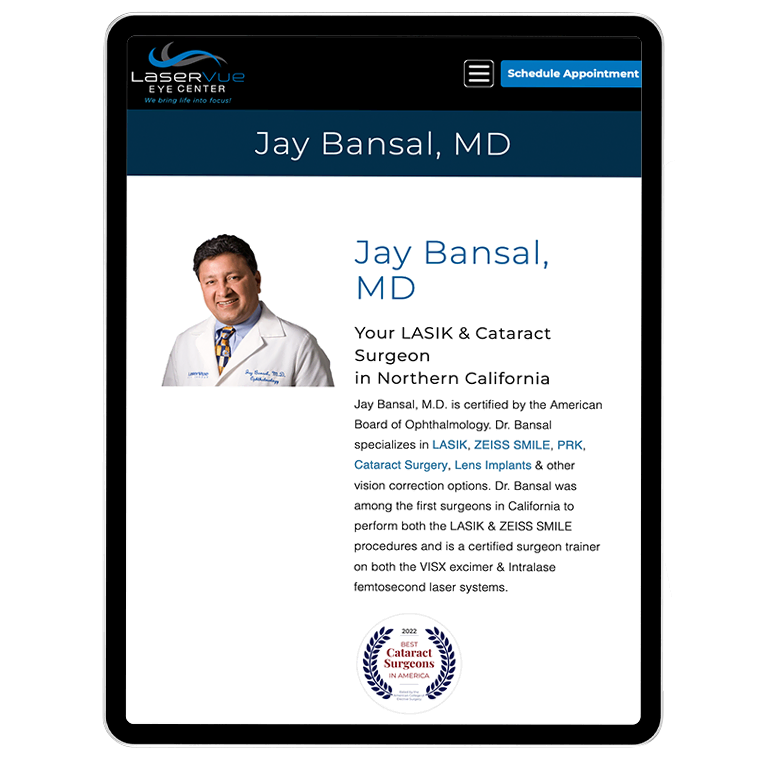
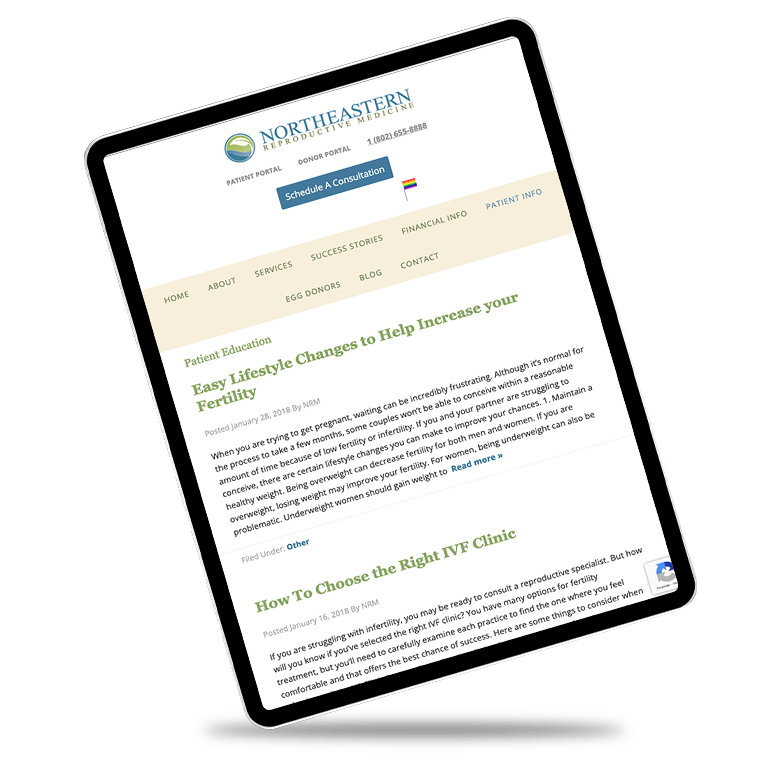
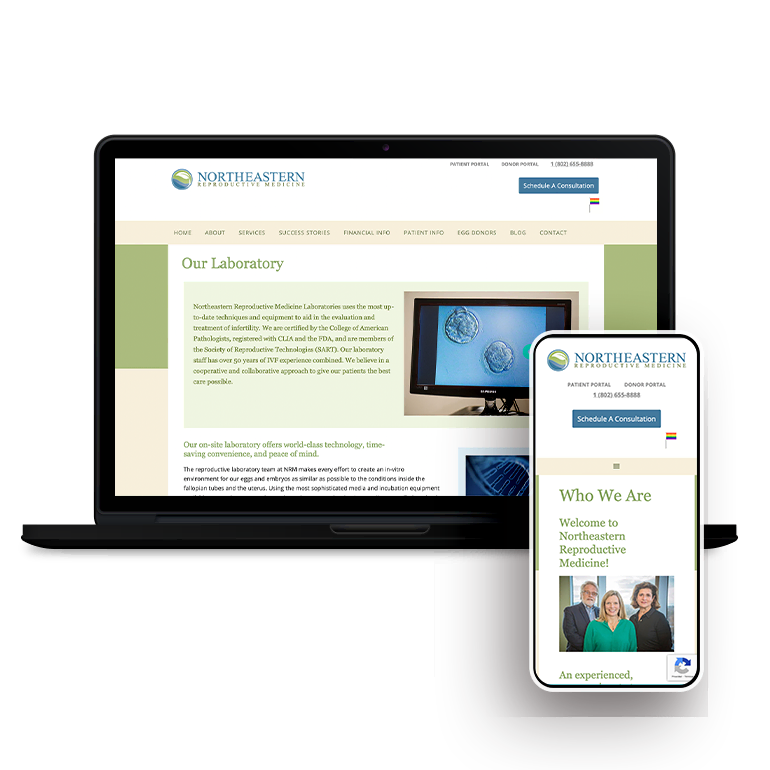
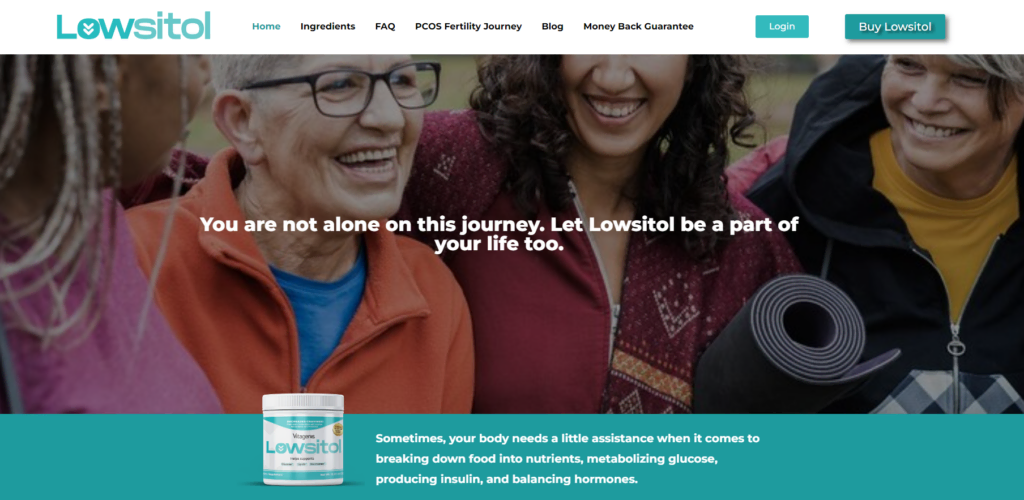
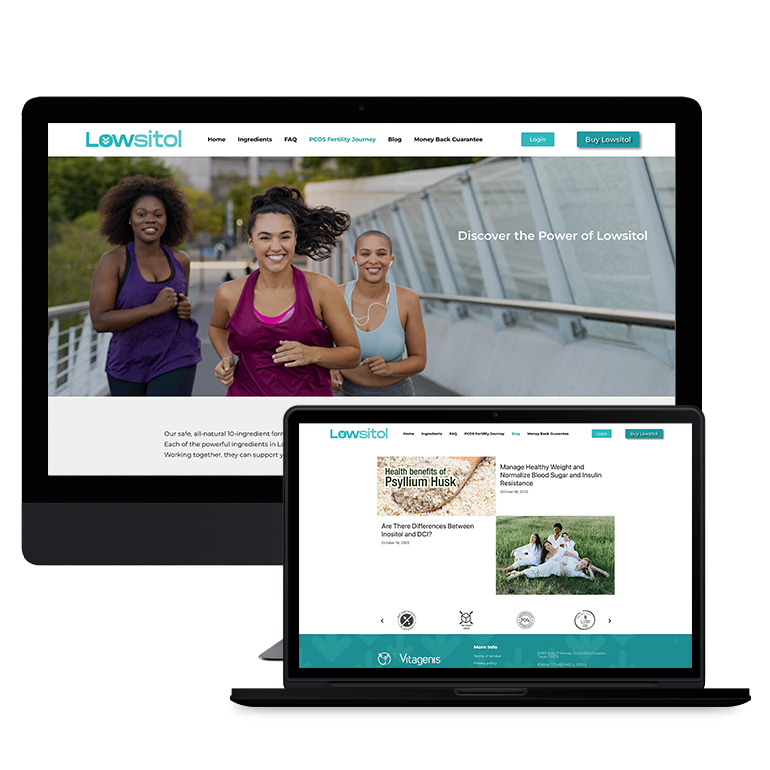
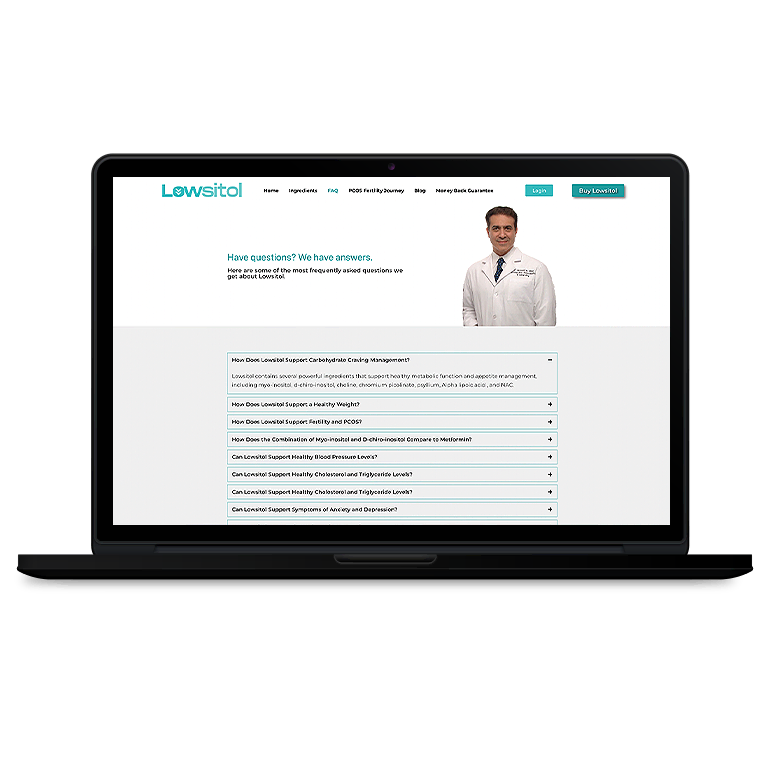
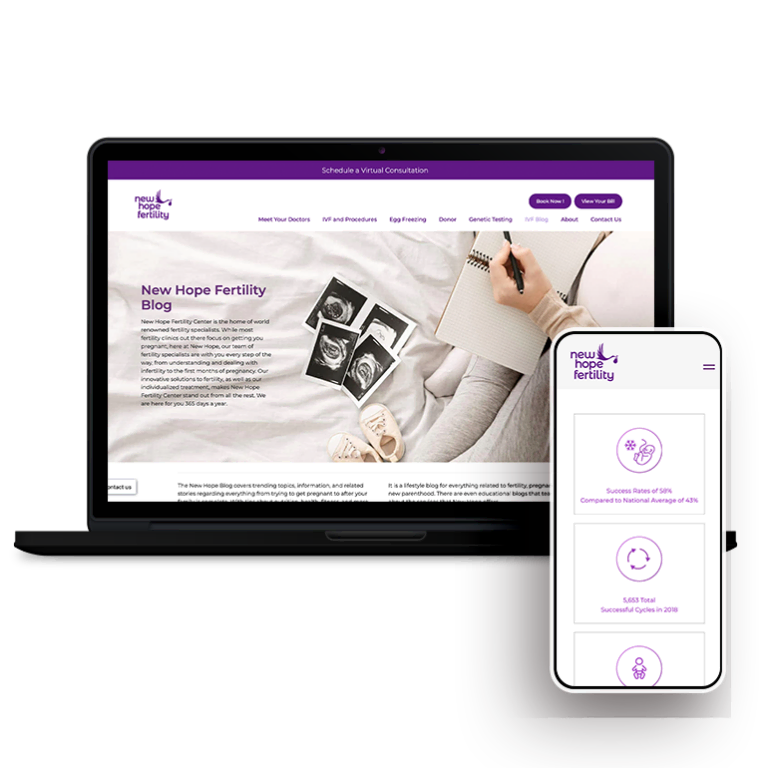
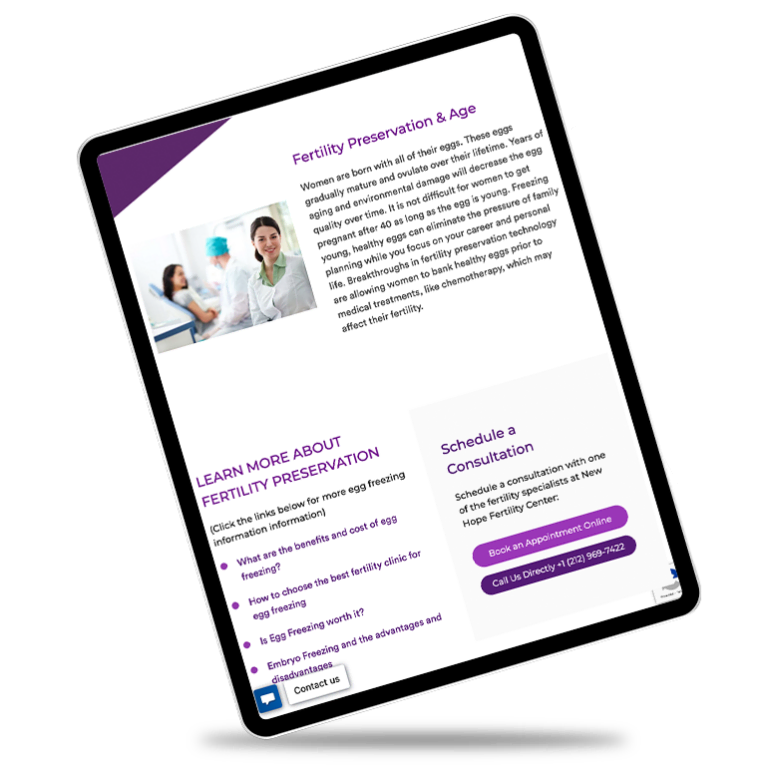

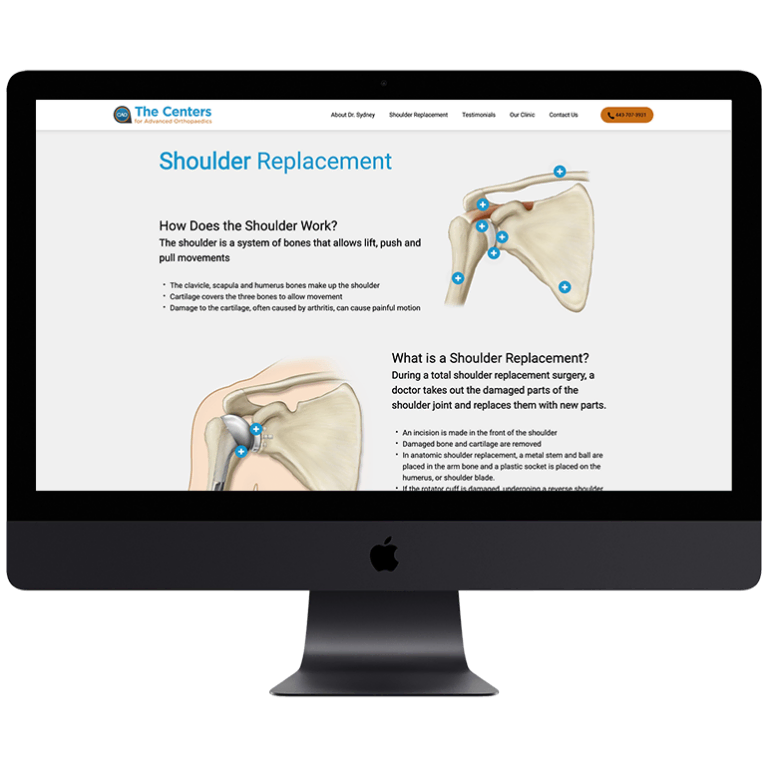
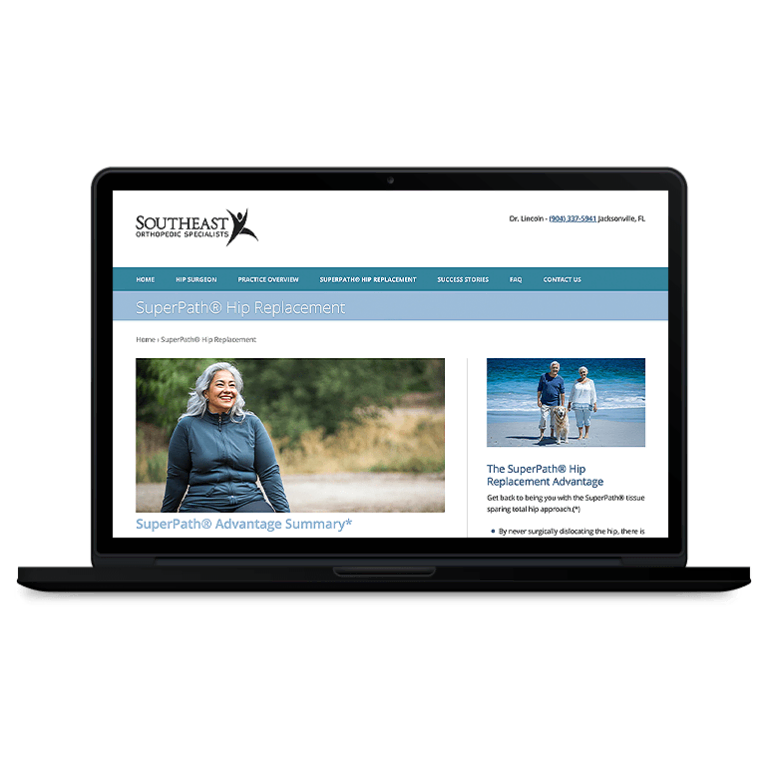
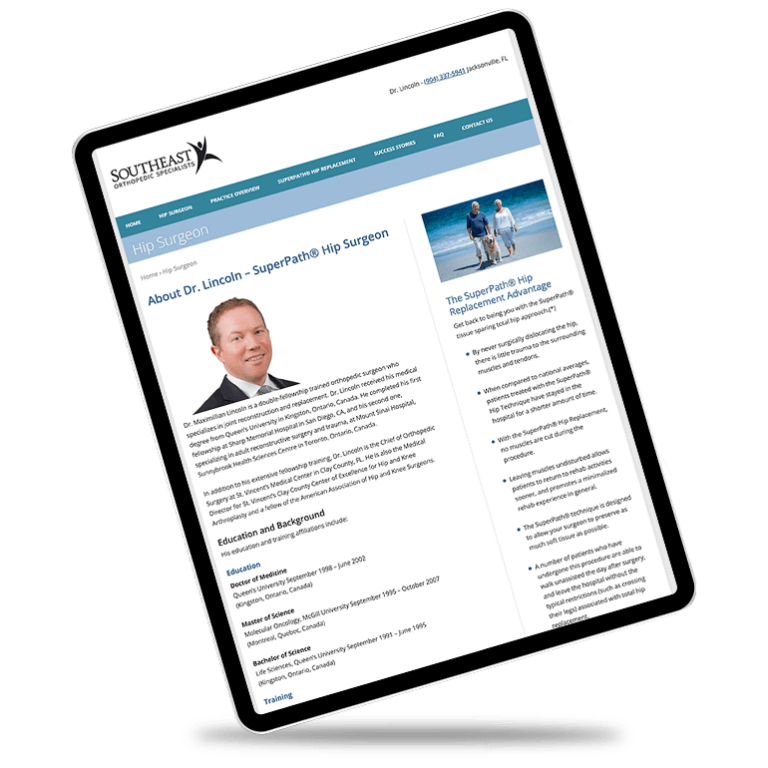
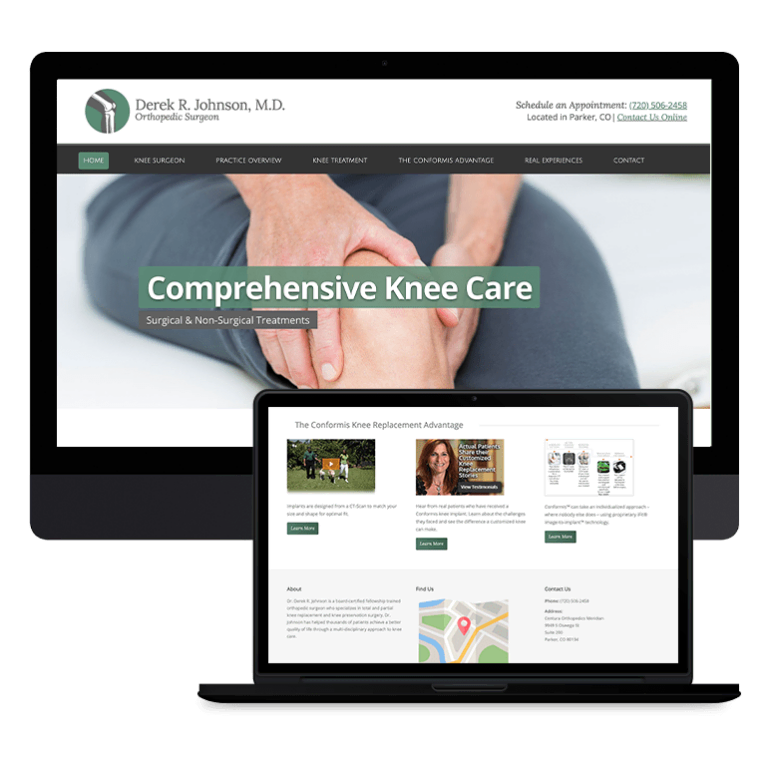
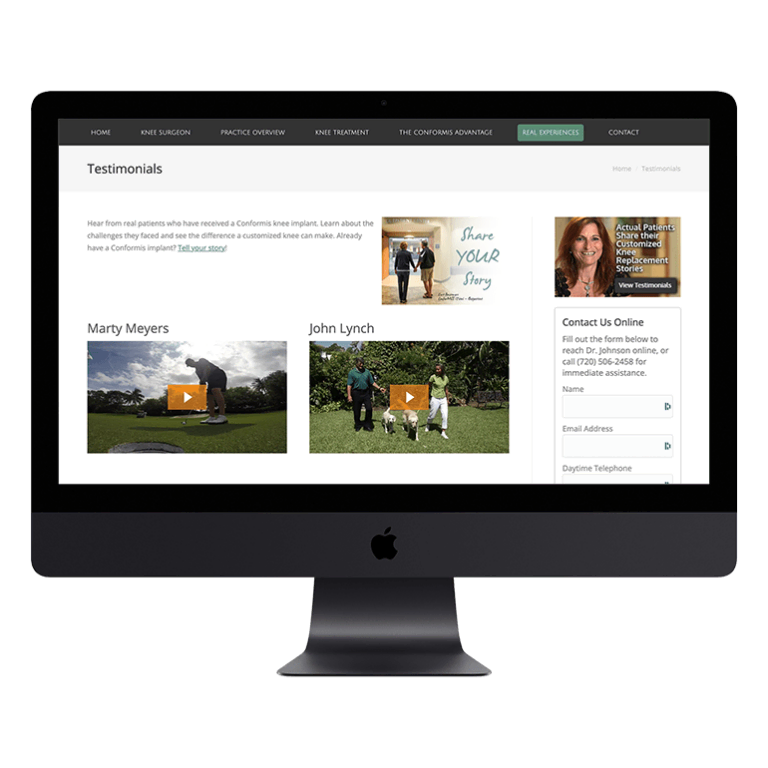
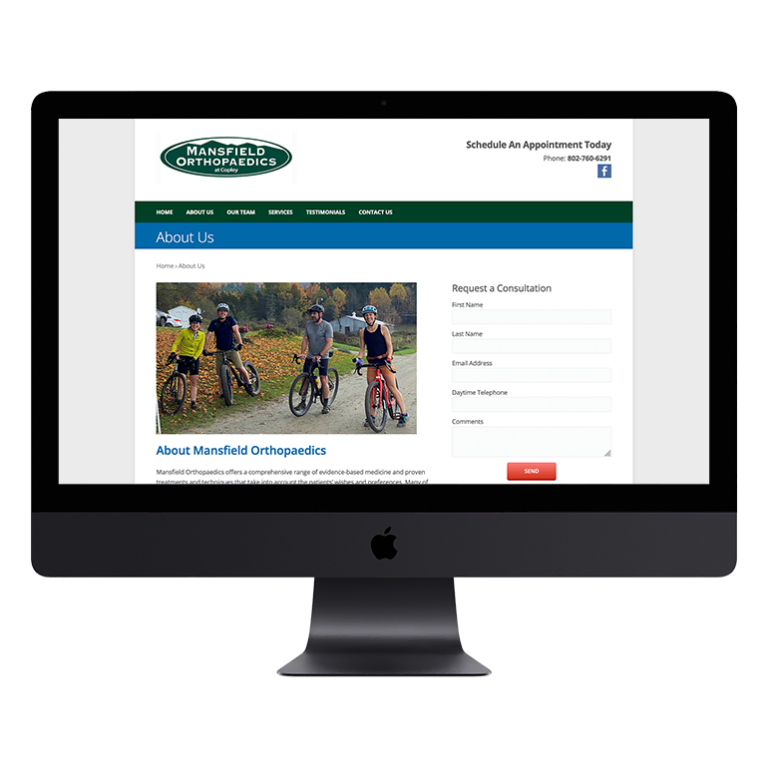
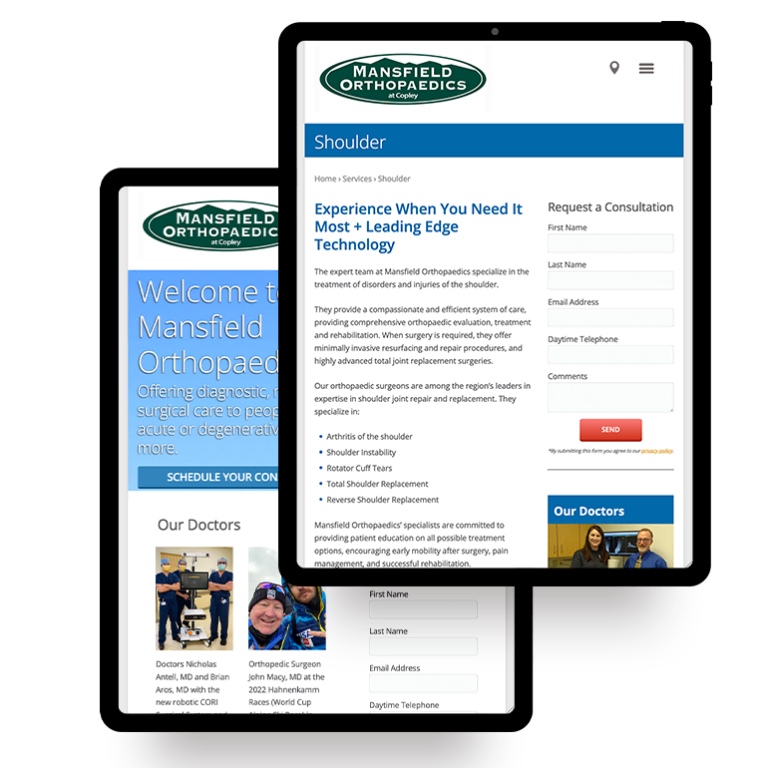
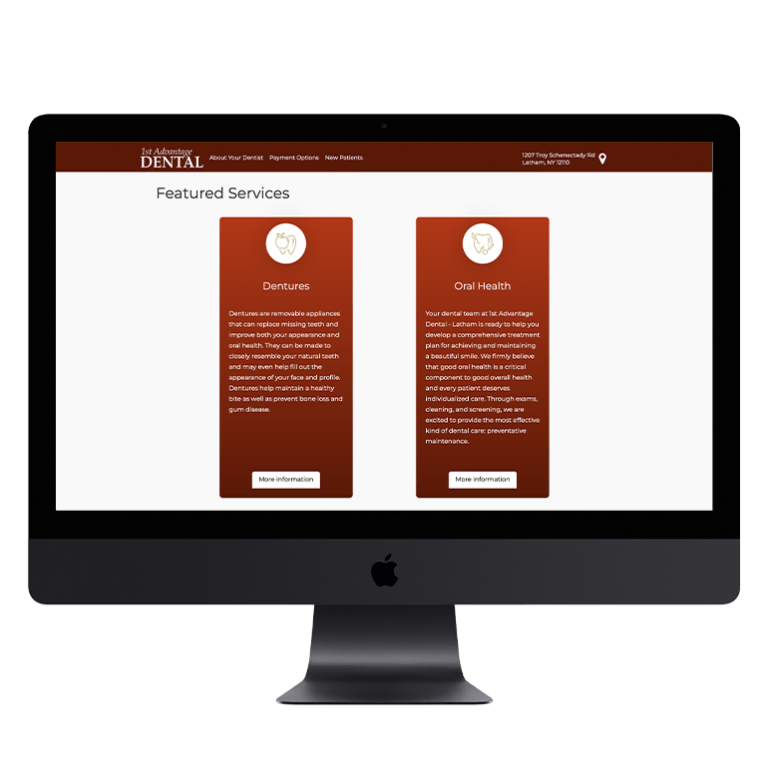
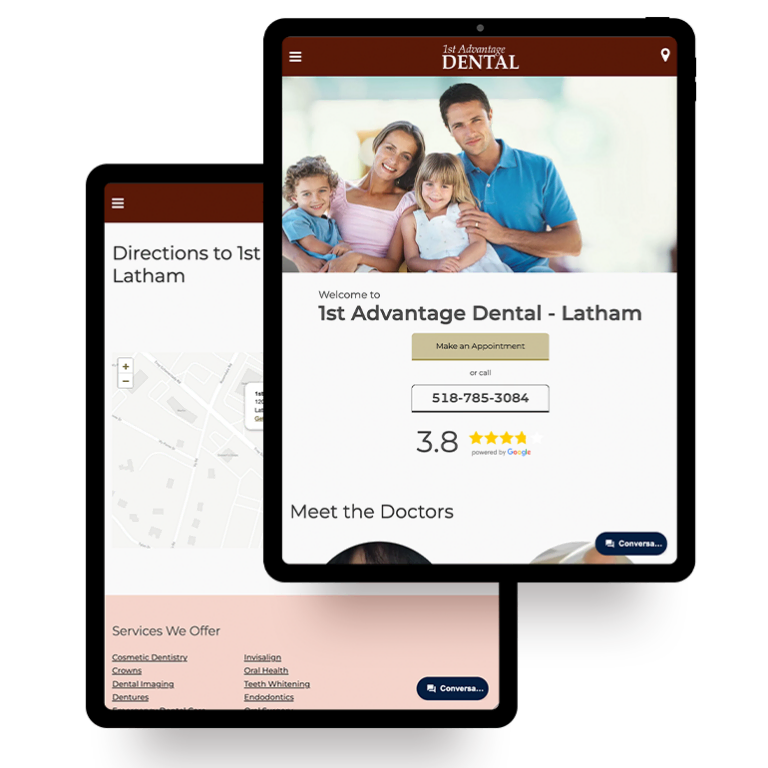
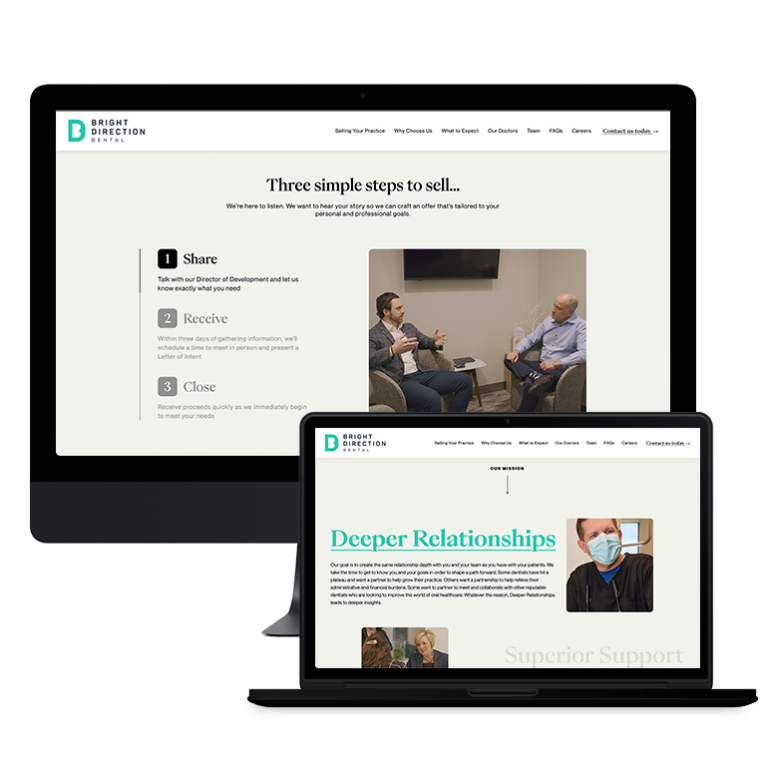
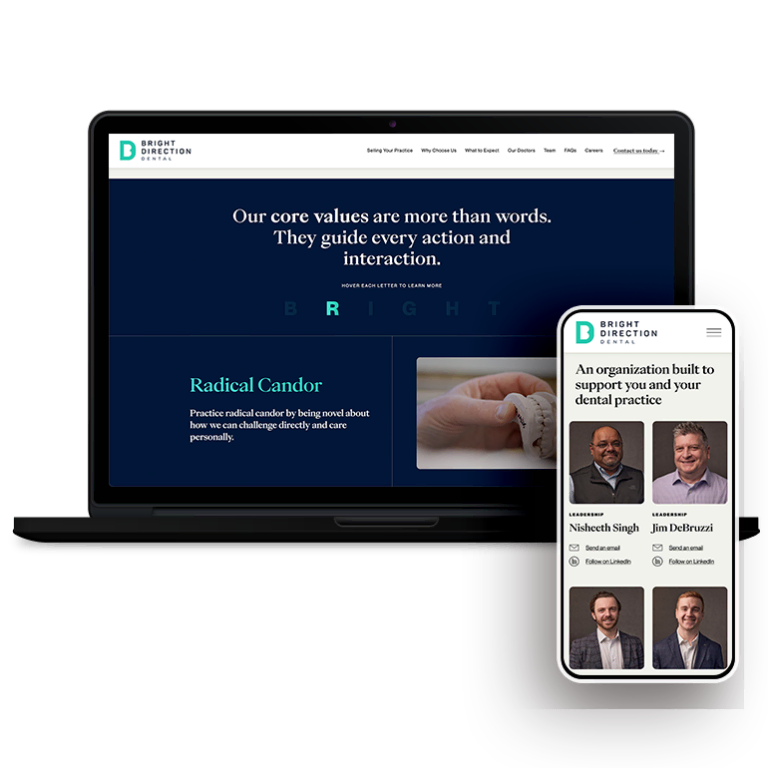
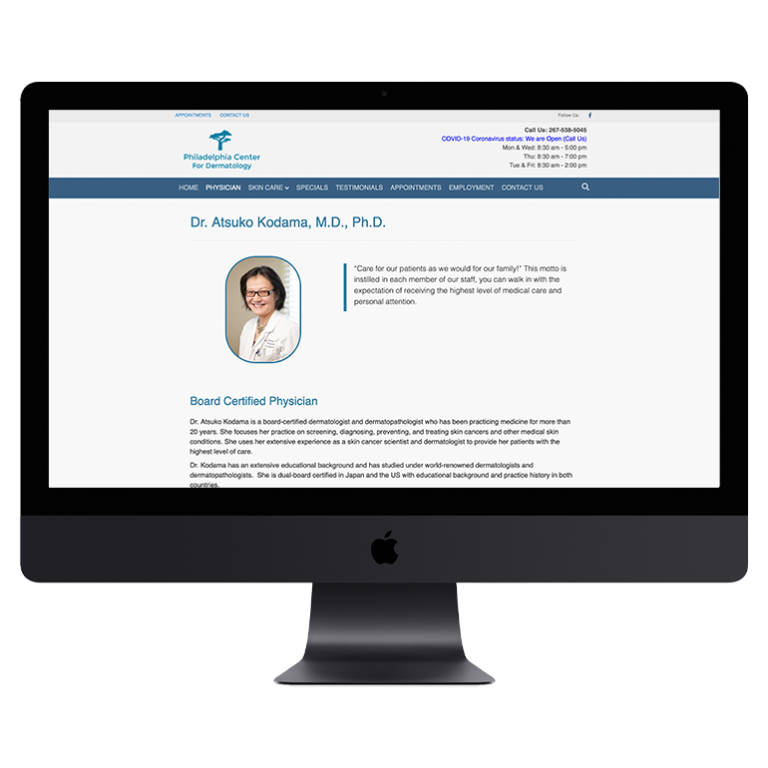
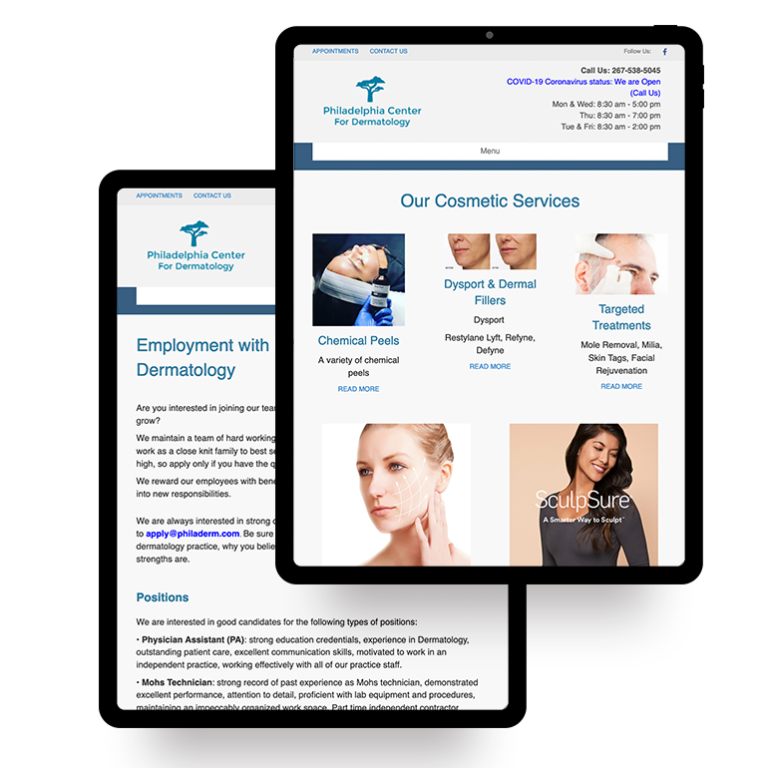


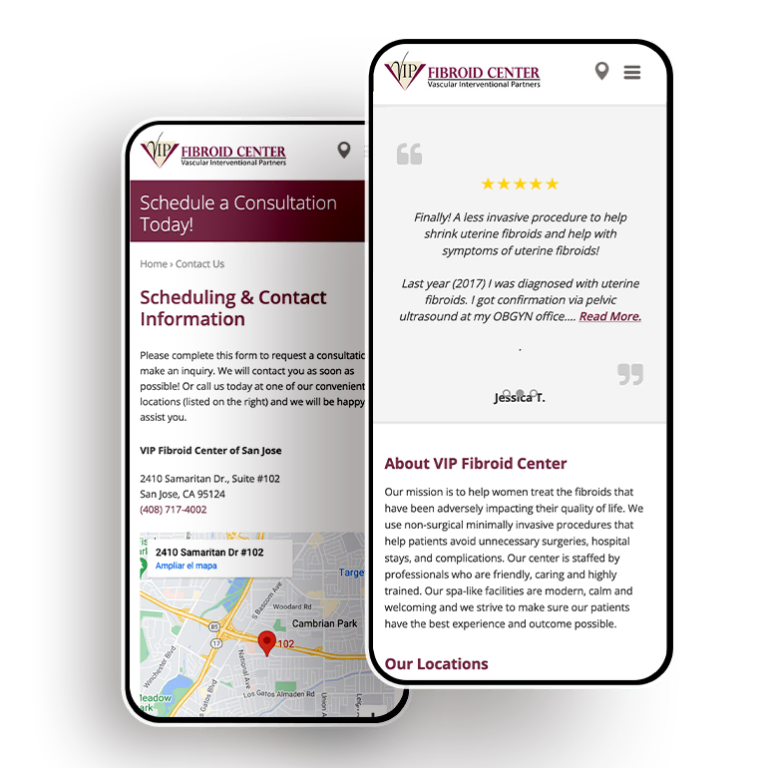
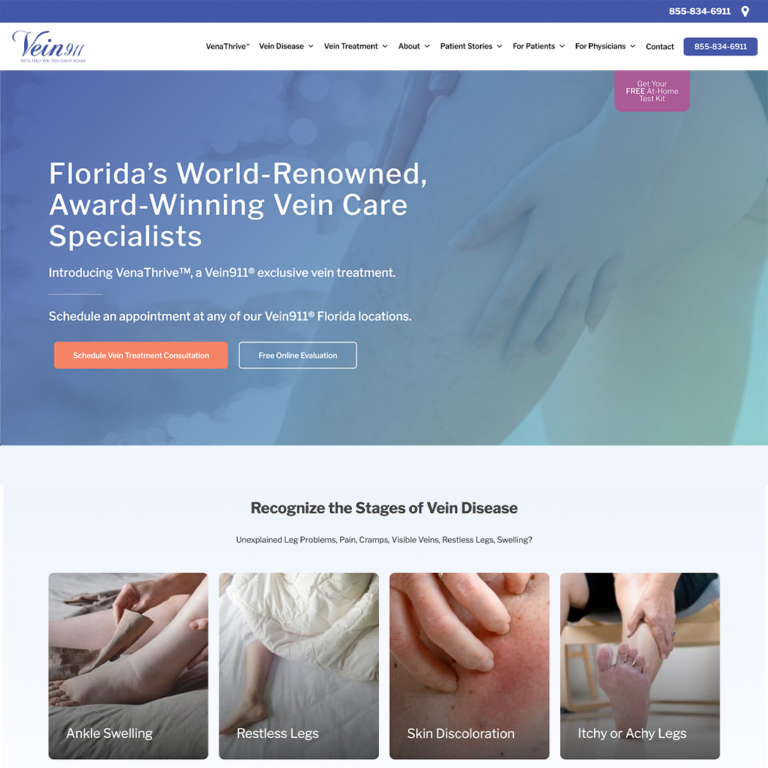
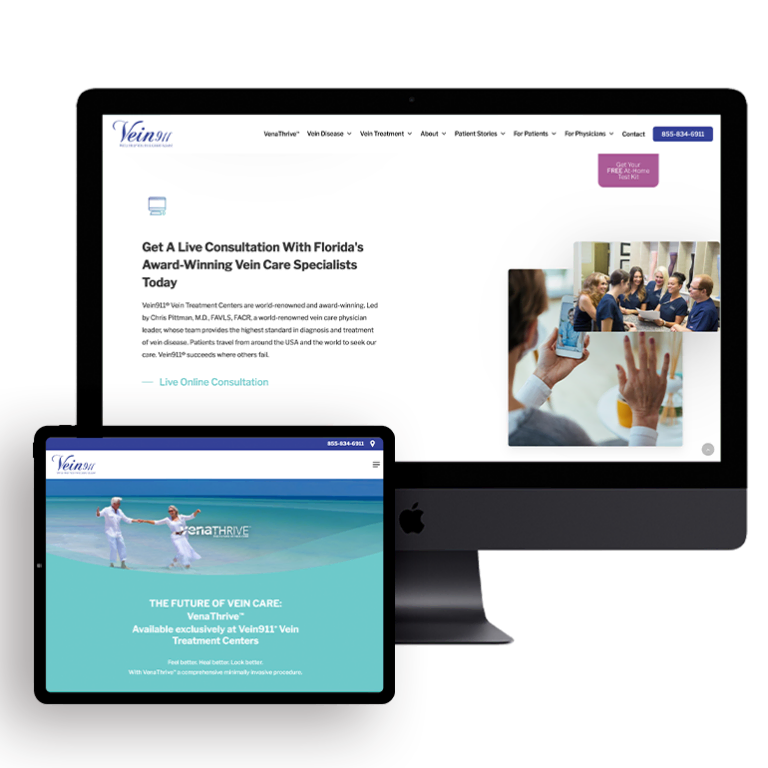
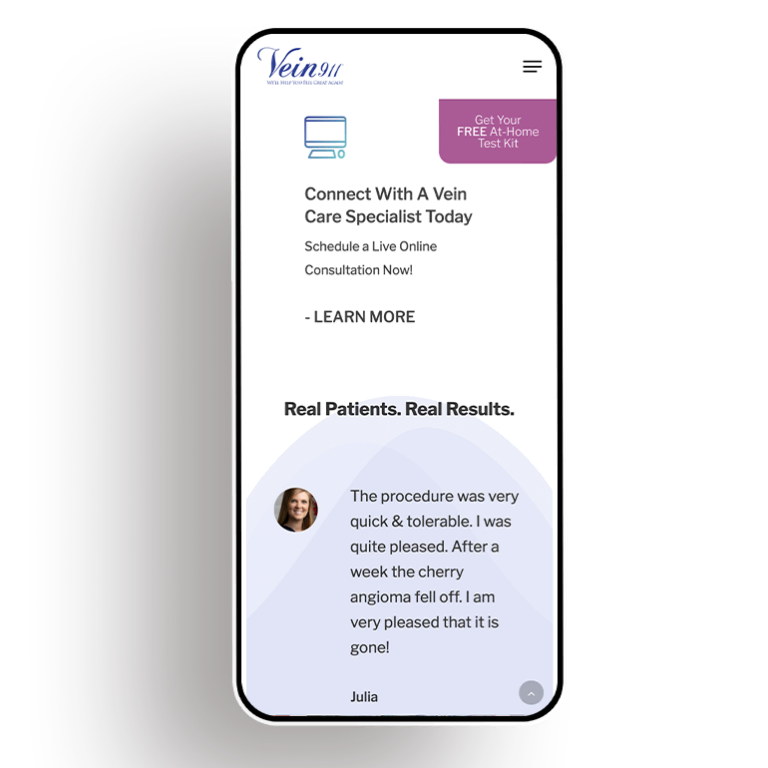
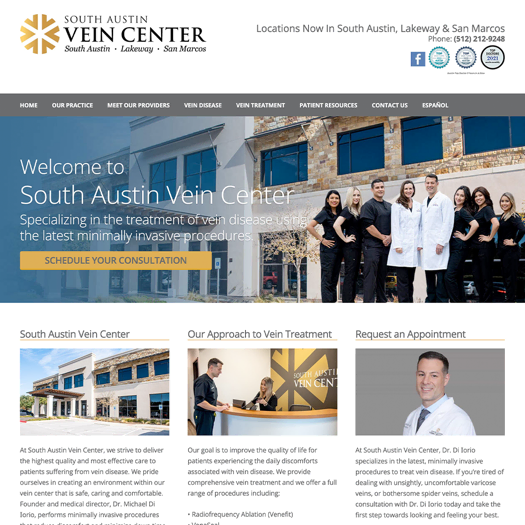
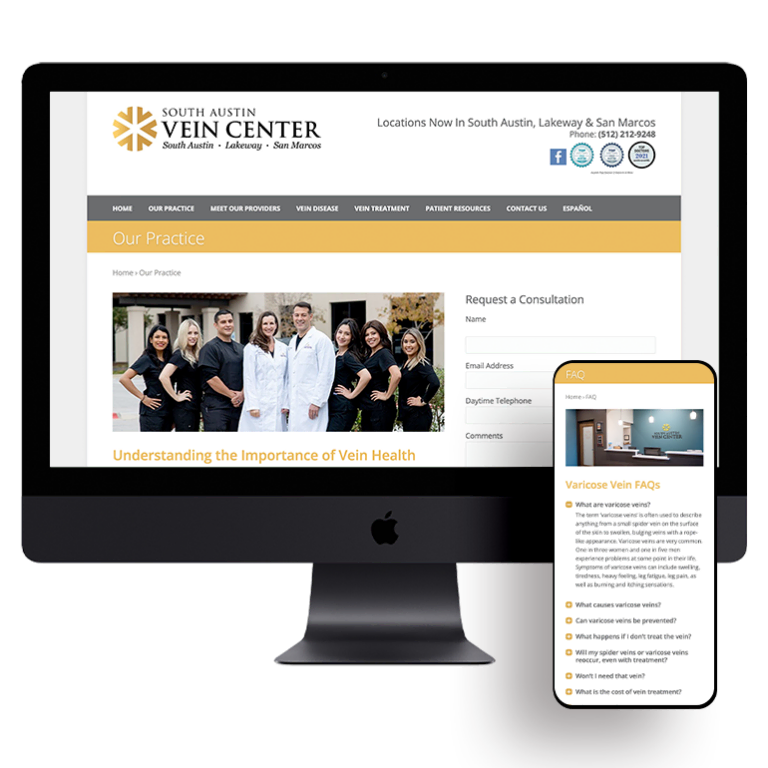
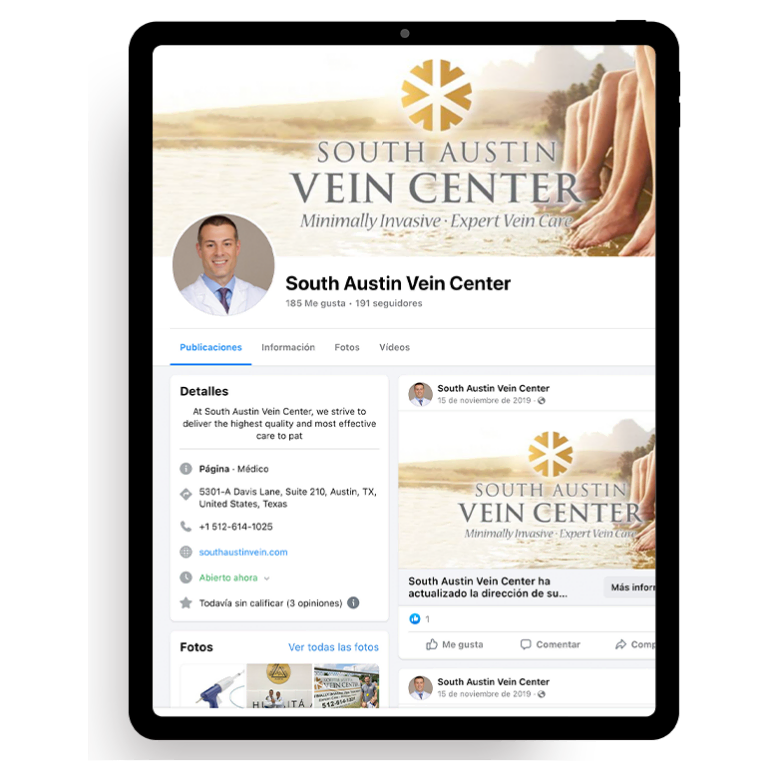

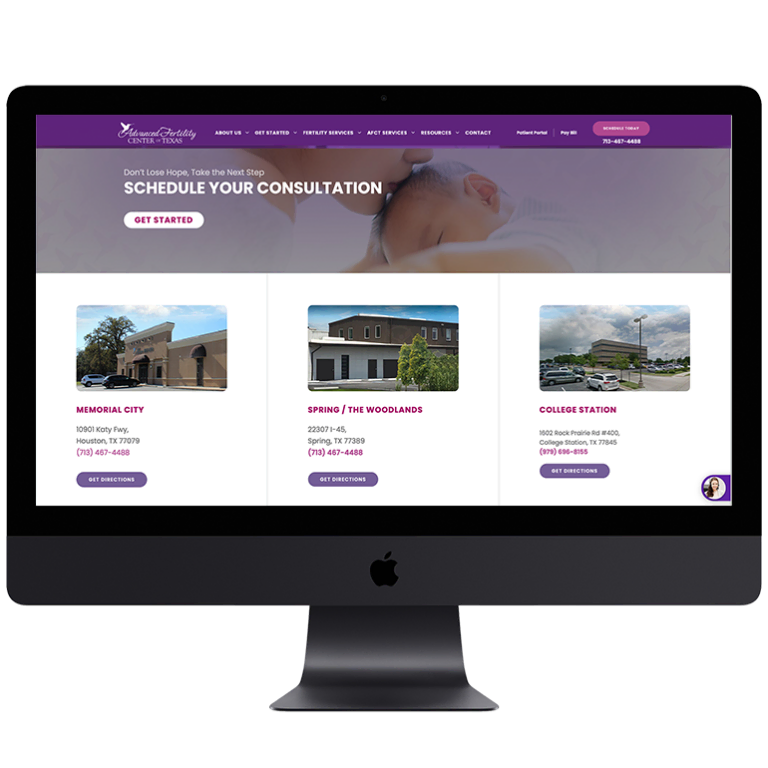
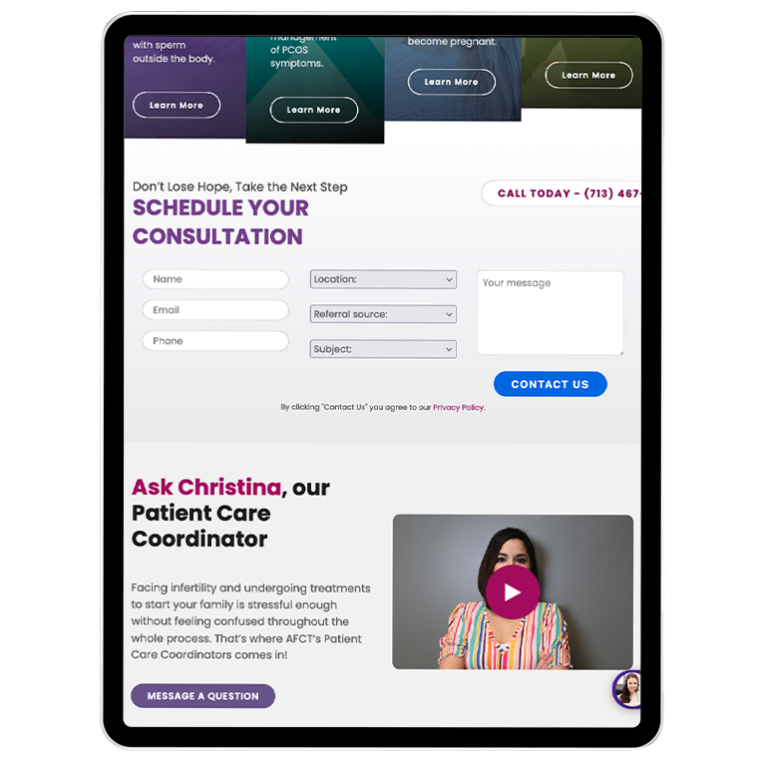
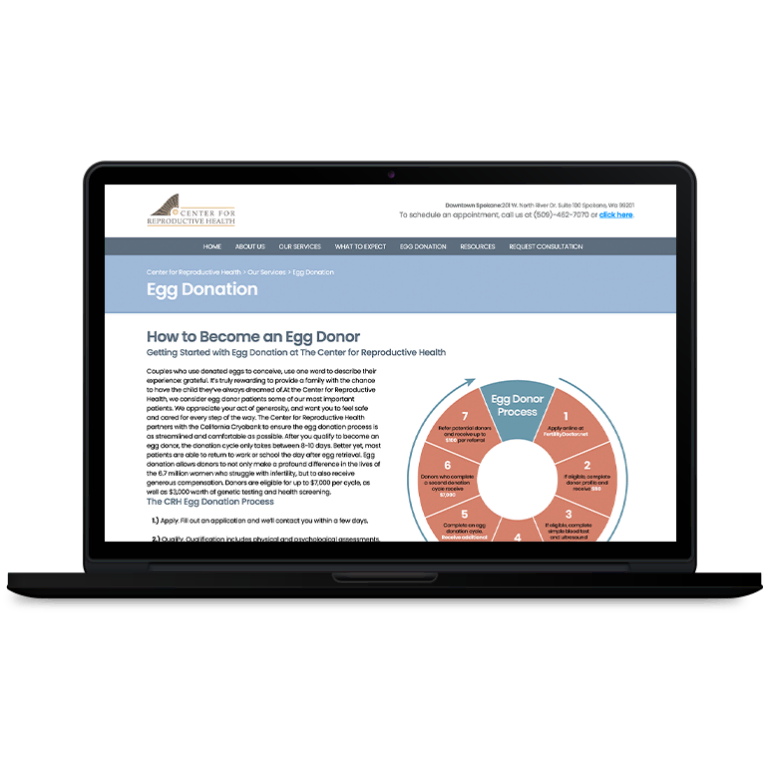
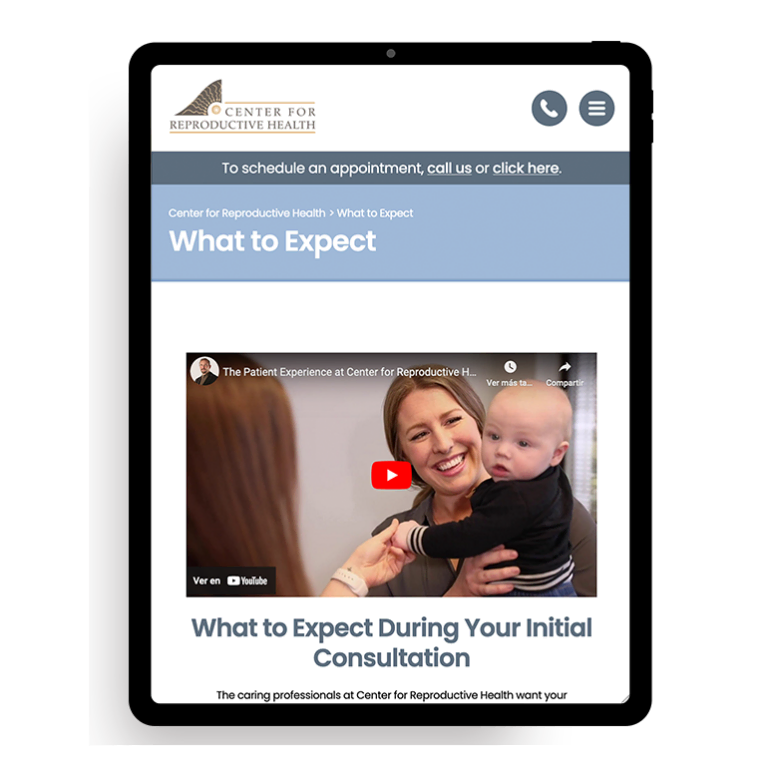
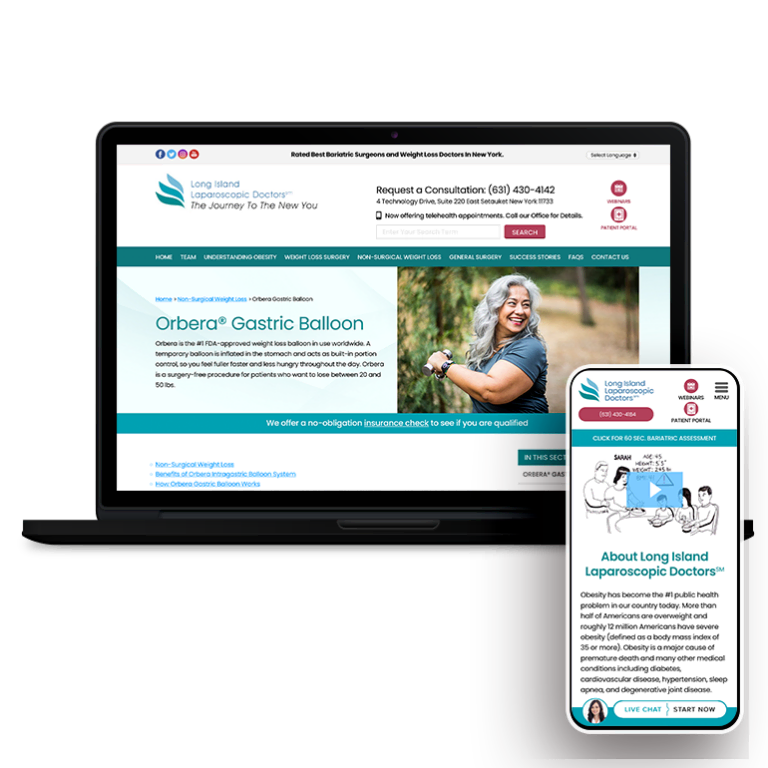
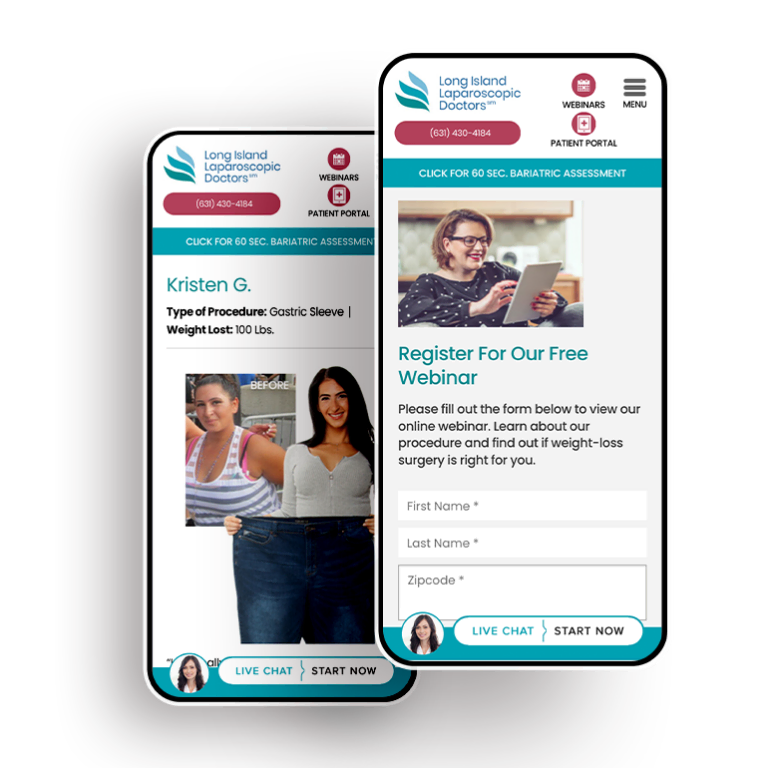
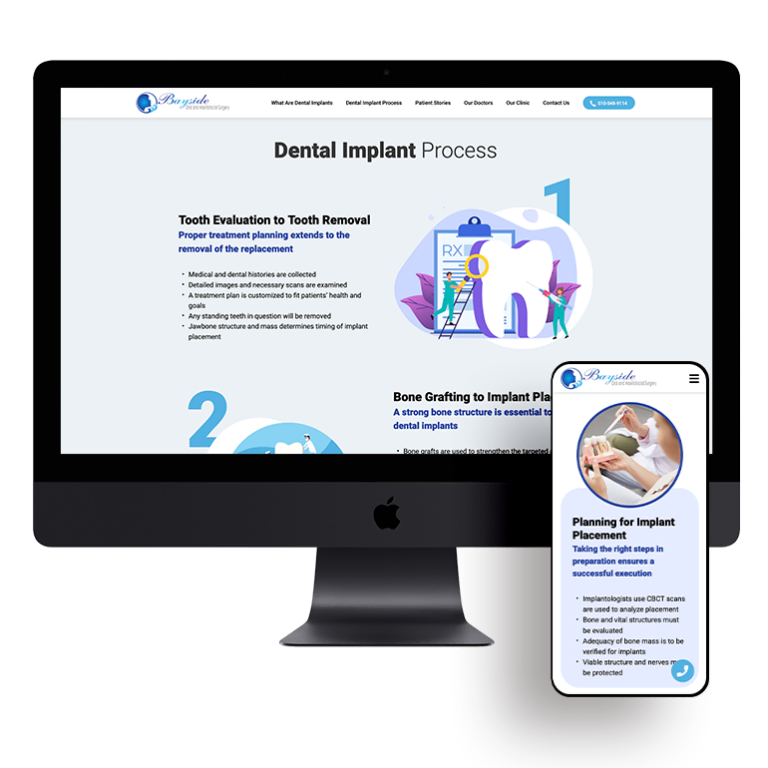
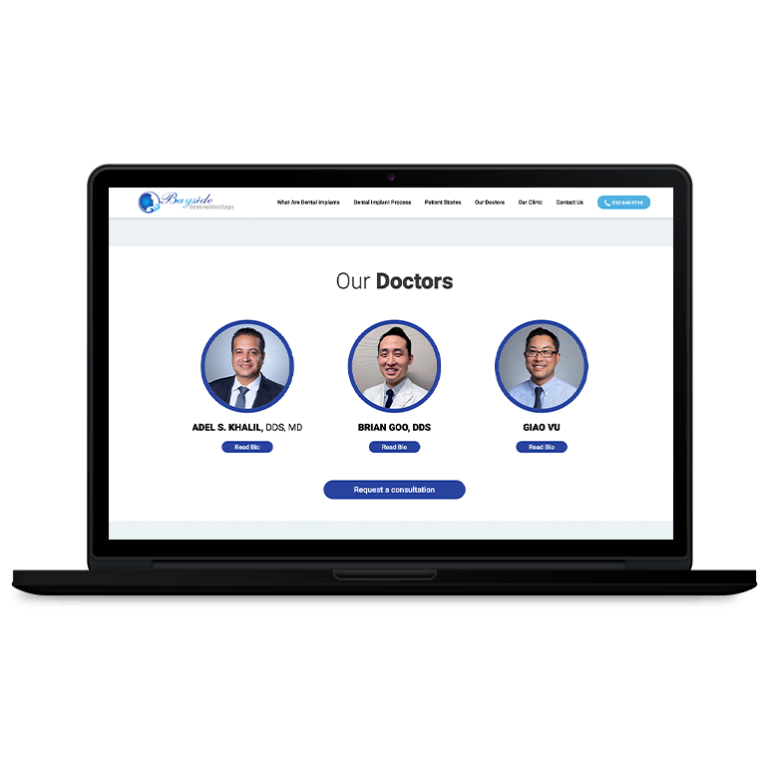
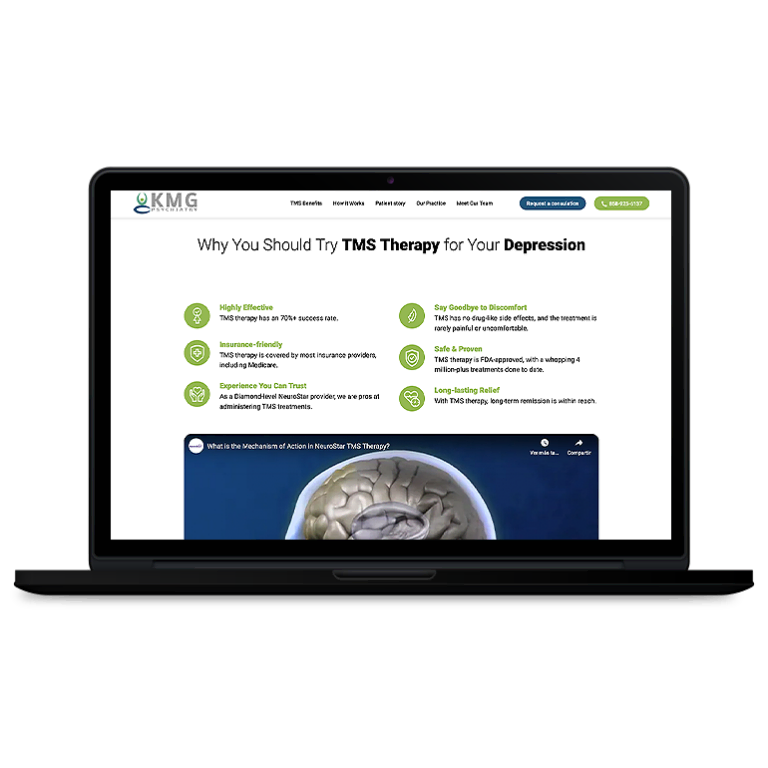
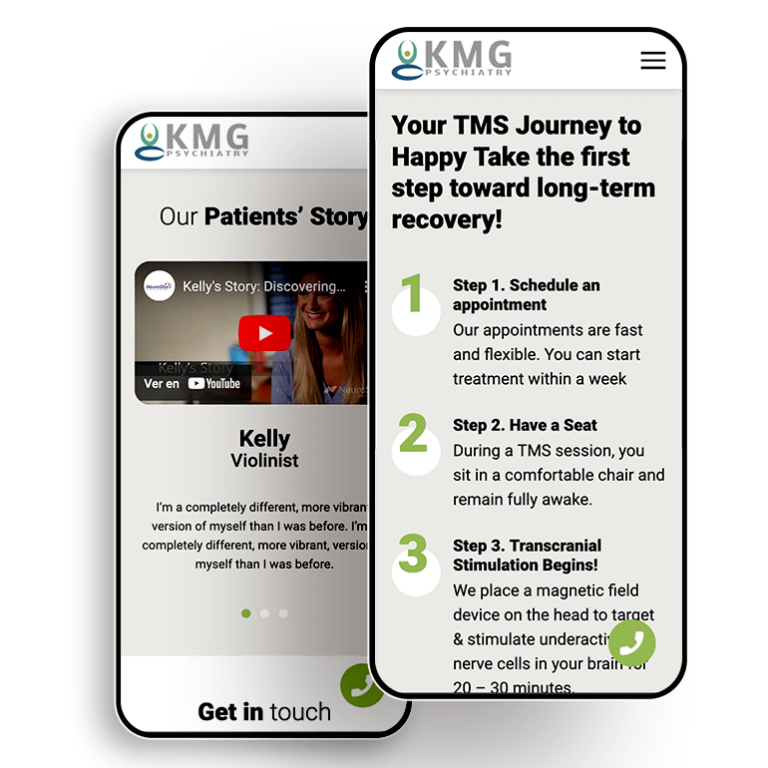
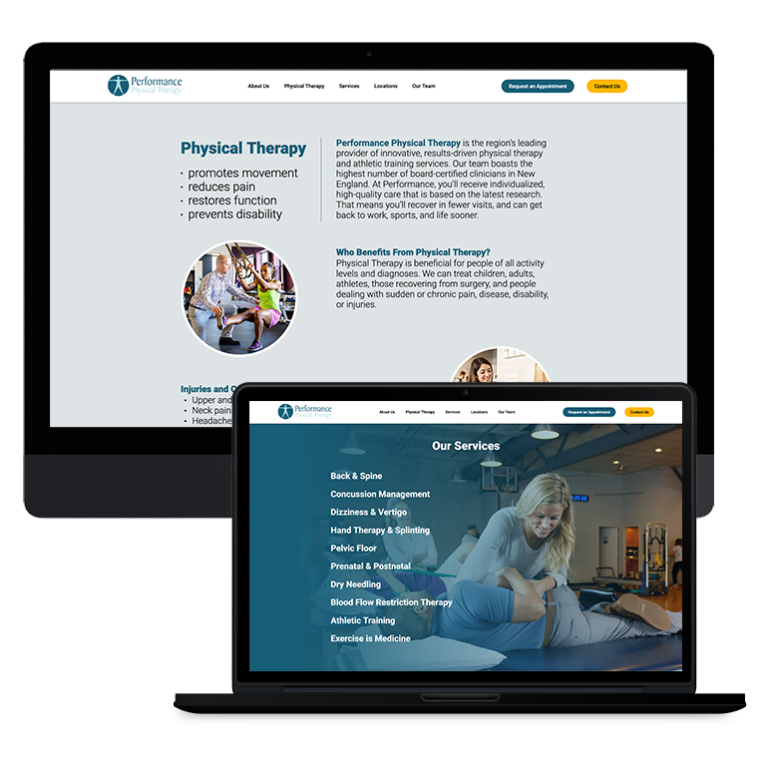
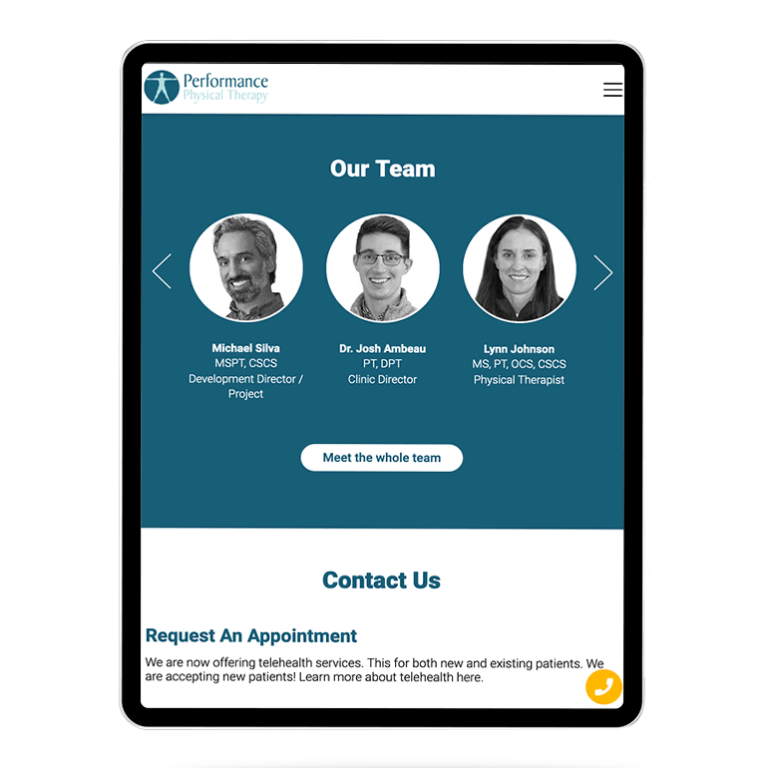
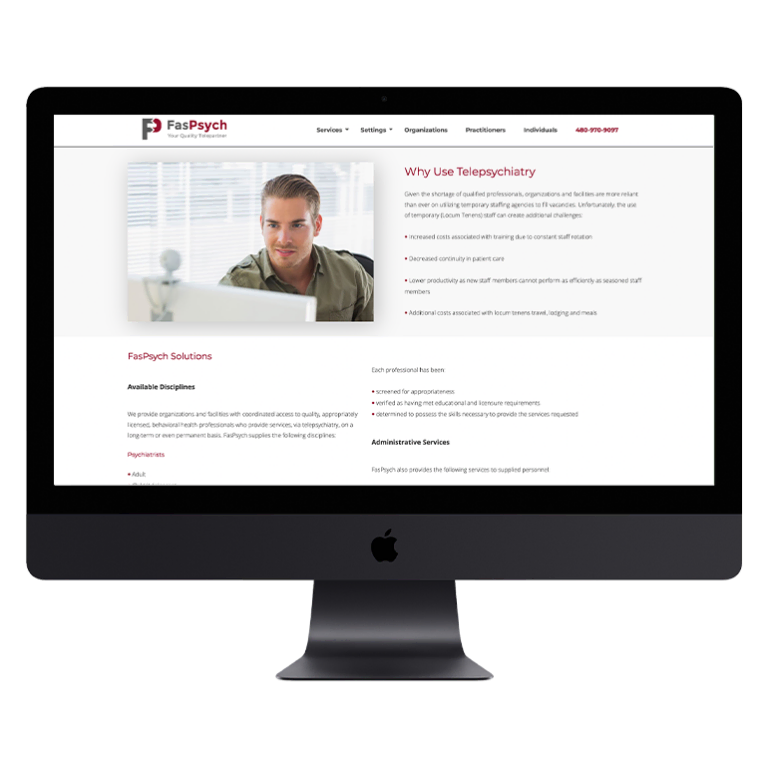
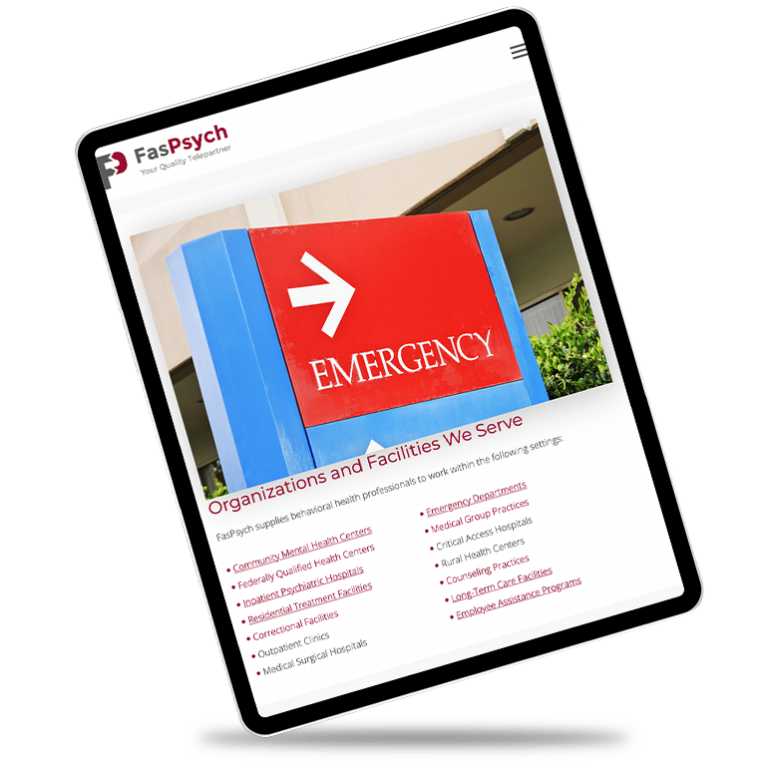
 Smart Design Creates New Patient Opportunities
Smart Design Creates New Patient Opportunities